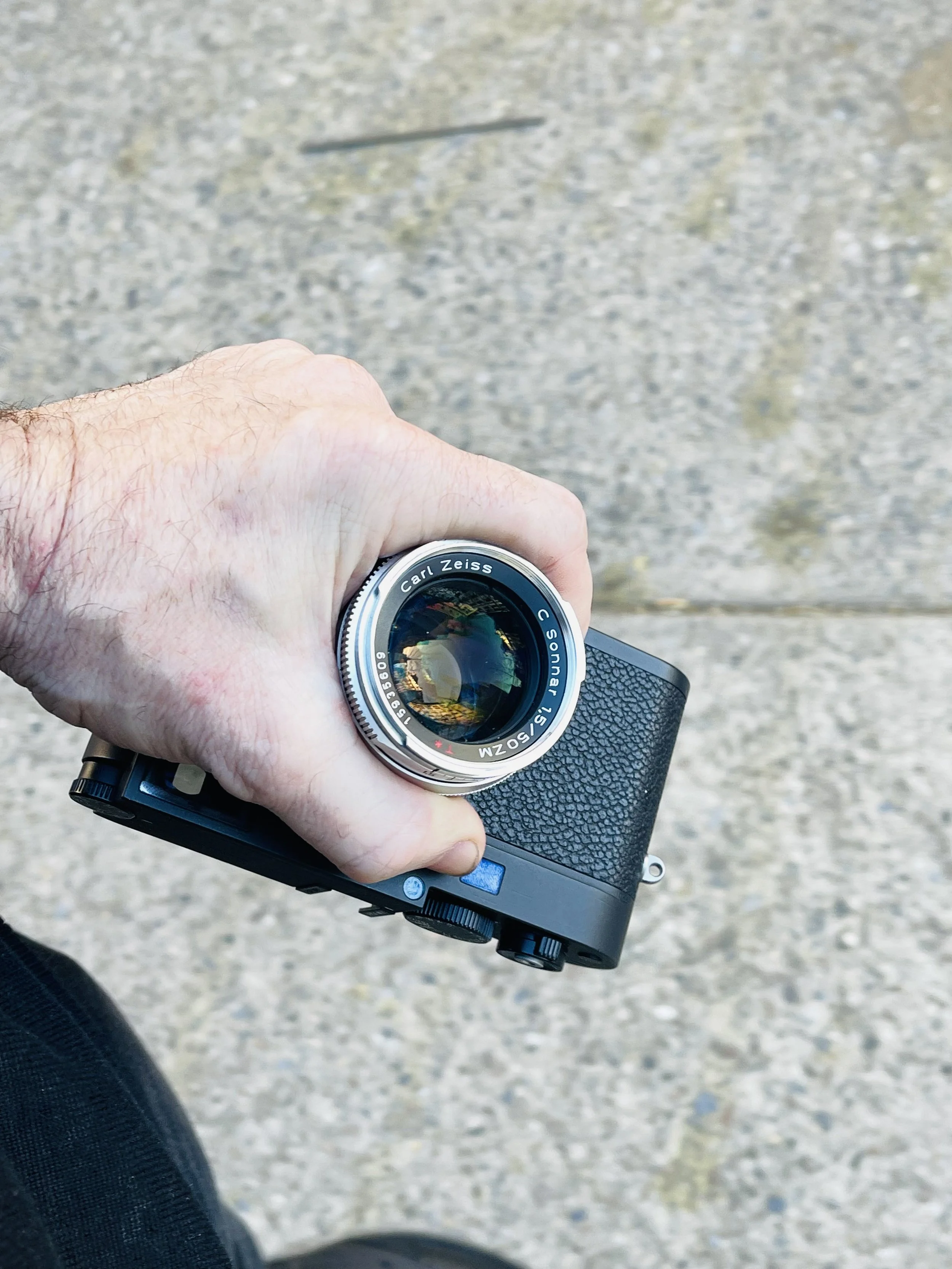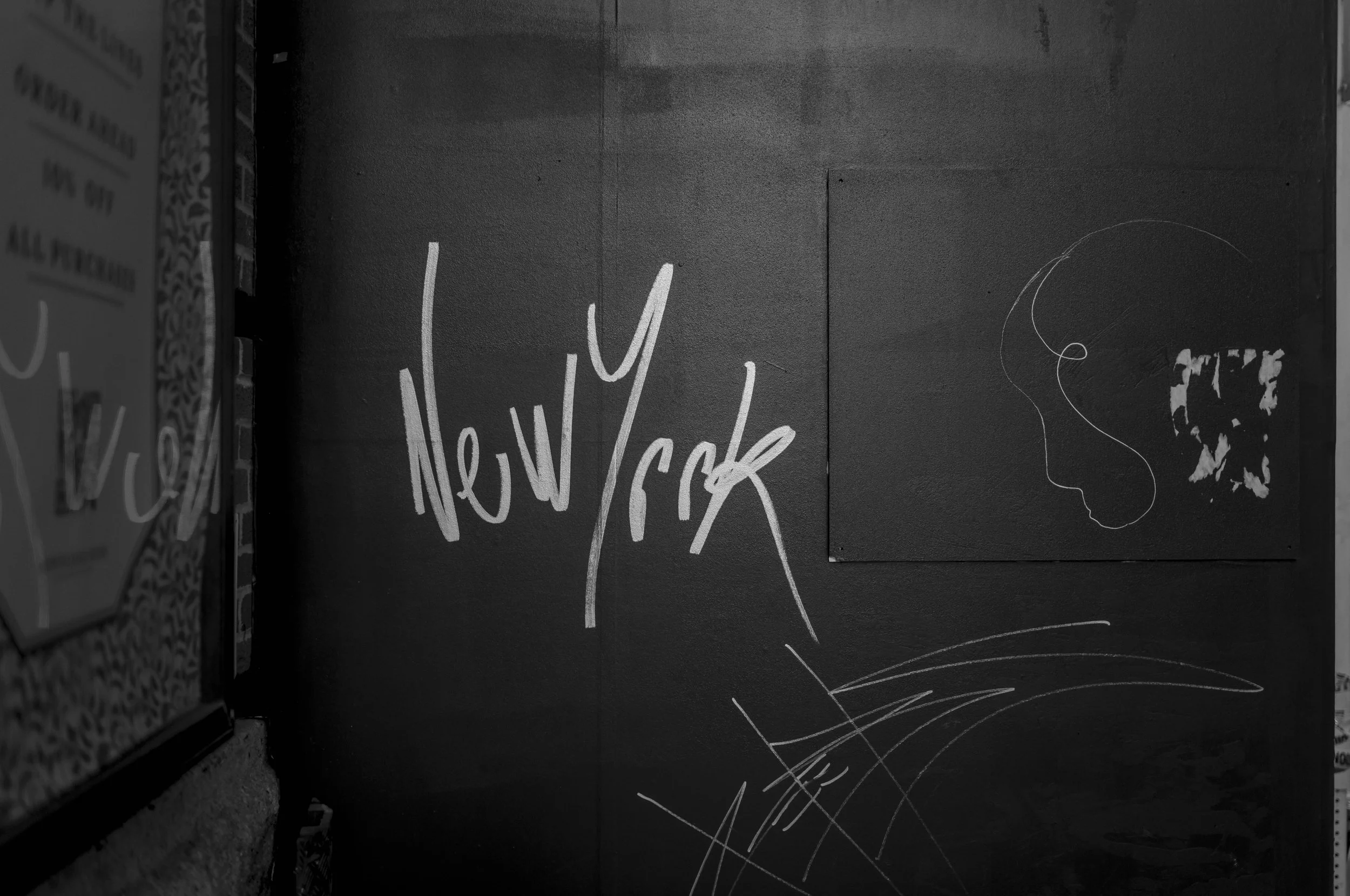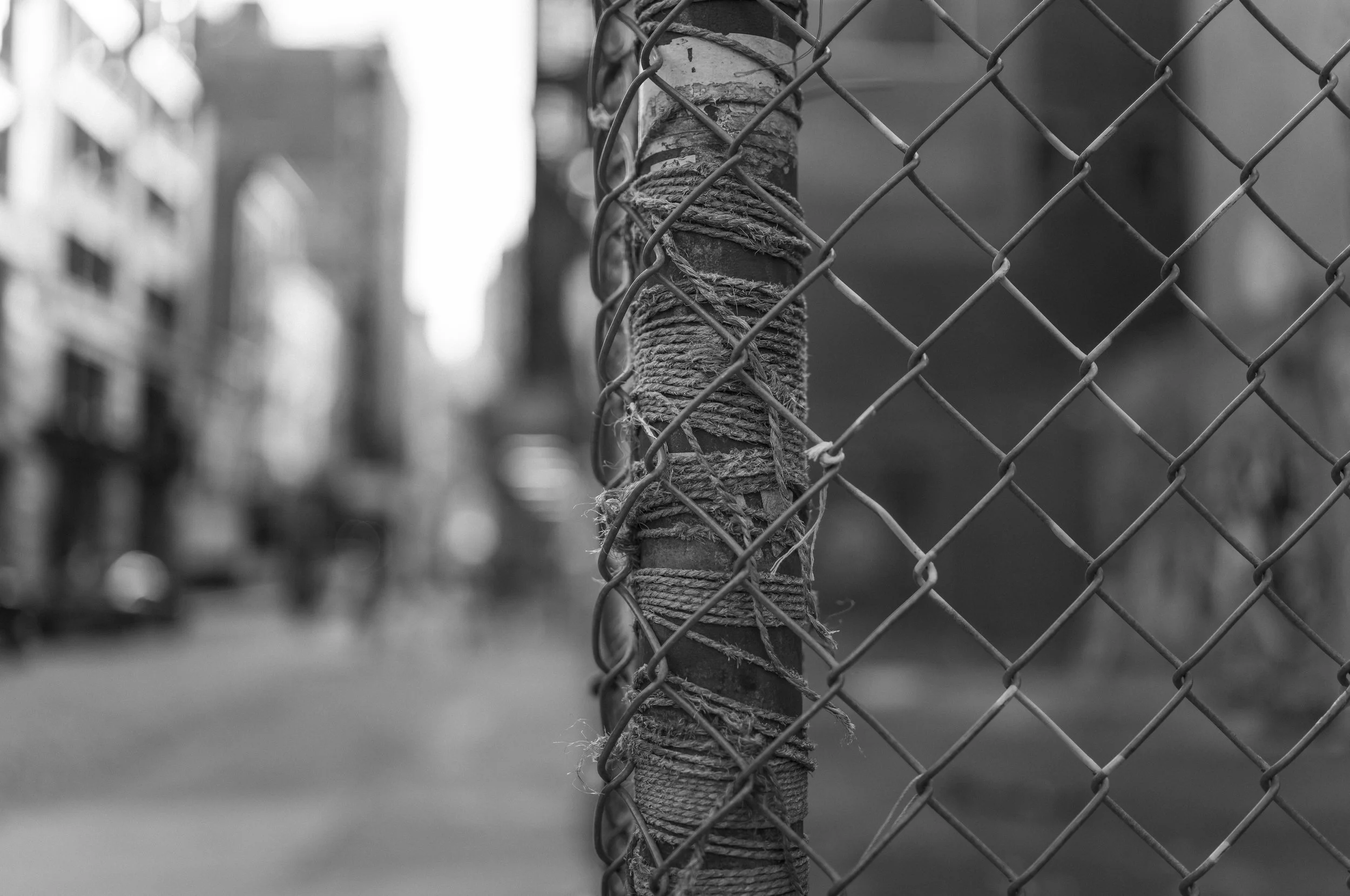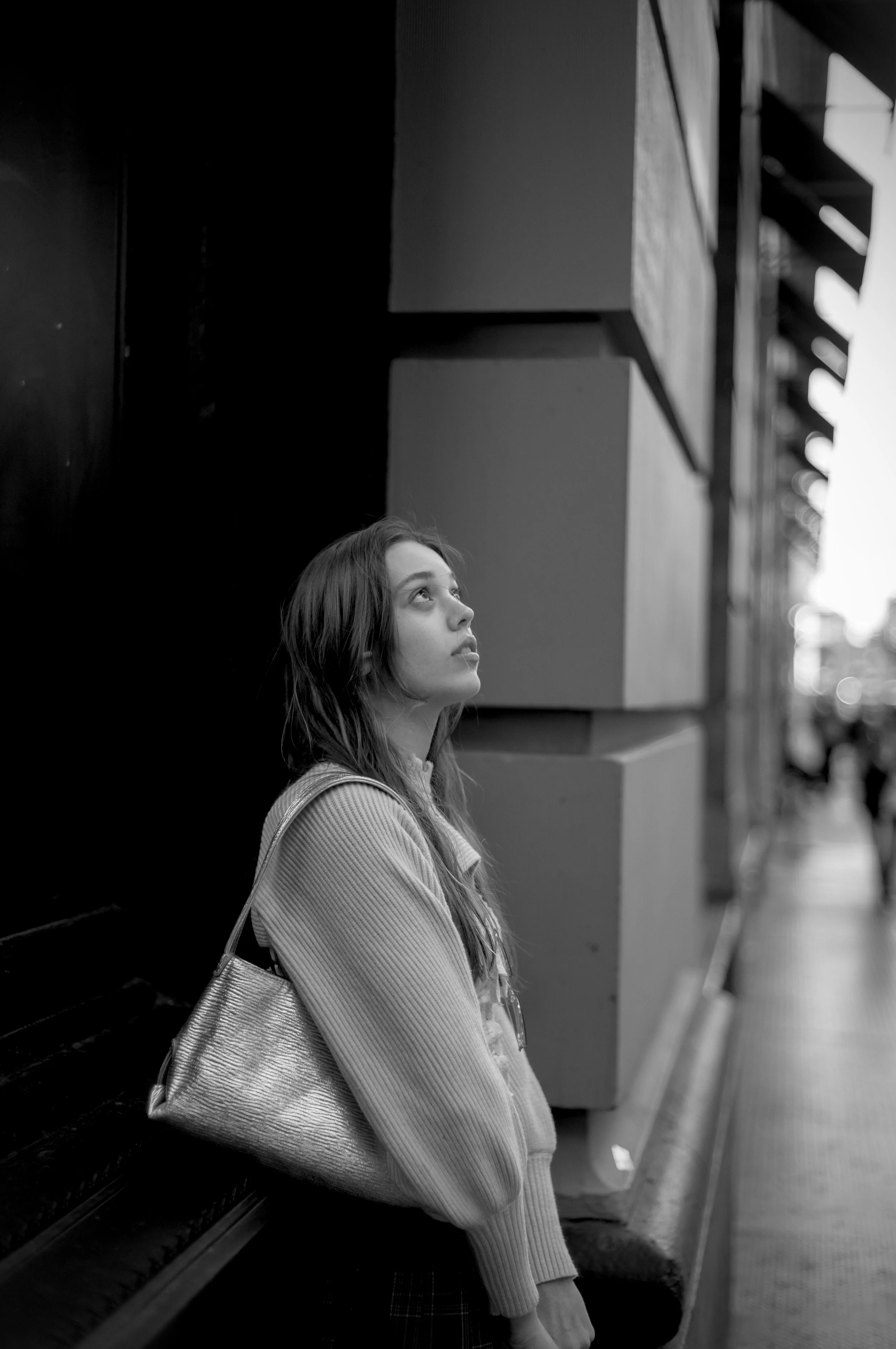Why Consider a Leica Now?
As a photographer, I have always considered a Leica. My grandfather had a Leica collection, and he gave me Zeiss lenses and a camera, he didn't give me any of the Leica lenses, and . . I was more of a Contax SLR person. I never even saw a Leica of my grandfather’s. But lately, I've borrowed the Leica M11 a couple of times, and after my motorcycle accident, it seems important to lessen my load - due to challenging spine and arm injuries. I have fractured vertebrae & shoulders, and am in near constant pain. Lightening my load while retaining top image quality seems imperative for my health.
One of the greatest aspects of the M11 is how tiny it is, especially with lenses. With other systems the best lenses are quite bulky and heavy. Even basic lenses like 50 and 35 1.4s are big and heavy, while not necessarily commensurately stronger in build quality. As photography is both my career and hobby, and I have issues with my spine, shoulders, and arms, so it seems like an important consideration.
M11 & Zeiss ZM 35/1.4
I have five or six M mount lenses, which I think are a wonderful mix for the Sony and Fuji GFX platforms. They are exceptional quality in a tiny package unparalleled by today's lenses in terms of character, size, and cost. However, they require some knowledge and research as to what platforms they work on, with what compromises, and what workarounds there are - when necessary. This especially comes into play with wider angle lenses with rear element so close to the sensor requiring stronger ray angles that don’t work well with digital sensors and extra sensor glass. This is not an issue with Leica sensors that are designed for these lenses.
M11 & Zeiss ZM 35/1.4 - crop of previous
To get a Leica would be very natural for me since I have the lenses and have experience with rangefinders. On the M11, a tiny camera, without any adapter, the lenses are positively tiny, and thus the entire package is very tiny, and certainly comparison to other equivalent newly released cameras with similarly fast lenses. (suddenly I feel like I’m writing about getting into mirrorless a decade ago)
Today's Leica M11 is not just the new Leica or a Leica digital offering. Until now, in the digital realm, I didn't feel the Leica offerings were really much to be compelled by. Now, the M11 seems like a body worthy of the brand name and associated qualities.
while the Zeiss ZM 50 C 1.5 is dimminutive, it is fairly normal sized, or large, on the Leica M
Leica is known for quality and sharp high-resolving lenses, and a solid platform and body to best enable photographers, especially street photographers. At less than 50 megapixels, the cost of being a luxury tech item of obsession was not worth it - for me. However, at 60mp, there is plenty of opportunity to obsess, including pixel peeping, and marveling at the resolving capability, bokeh, dynamic range, tones, and so on - in addition to being comparable to (or bettering) the competition.
At this point, I also don't have to worry about getting into the system and acquiring a range of lenses I can't afford (like buying a 3-5 Leica lenses, which would be cost prohibitive for nearly anyone). It's not about money. It's that I am content with the lenses I have, and staying with Zeiss and Voigtlander is my intention, for a variety of reasons. I don’t feel a need to acquire a range of Leica glass, honestly. No argument from on their quality. Just that Zeiss is my preference, and often, Voigtlander is the best option for the right tool for a job, and both are excellent. In similar territory, I own the Zeiss Otus 55 and the Zeiss ZM 25 Biogon, both of which are known to be super sharp lenses. I have excellent glass, when needed.
M11 & Zeiss ZM 35/1.4
Another in the lineup is the Voigtlander 35/1.2 ver iii, a super sharp lens with a ton of character. The Voigtlander 40/1.4 is positively tiny and has a ton of character, nice sharpness, and a strong vintage look when used wide-open. The Zeiss ZM 50/1.5 is quite similar but with a bit more character. It also fits the Fuji sensor, whereas the Voigtlander 40 does not fully cover it, but covers about 85% of it.
These lenses are not the absolute sharpest, highest-resolving, or best lenses, but they are exceptional quality in a tiny package. In the 50 range, there is also a 50/2 that is known for being sharper. However, I'm content with my lenses and think they're a wonderful mix for my Sony and Fuji GFX platforms.
Ultimately, the gentleman at the Leica store was right: it’s not for everybody.
But I say that with a very different intention. Whereas I think he meant it as a jab, and a sales “take away” technique to put me down as a way to generate interest and urgency (because asking questions to understand the camera was not really ok or acceptable), it’s simply not a camera to jump to… For tech, for resolution, for megapixels, etc. Leica is not a tech leader in this industry. They don’t revolutionize the industry. They never have. And that’s quite OK. At best, they’re good at catch-up, and playing the long game. And I think that’s part of where their value is.
M11 & Zeiss ZM 35/1.4
Many are looking for the latest tech advantage, in the competitive landscape we know as photography. Leica simply isn’t that company. Sony is, Fuji is, etc.. Nor do I condone purchasing one, unless you feel it’s good for you. Many of my friends are not in the market for this. They are shooting the latest Canon, Sony, Nikon, Fuji X or are even a step or two behind feeling it’s good enough. And it is! They aren’t wrong.
M11 & Zeiss ZM C 50/1.5
I grew up shooting. I’ve changed, no, added cameras, every 3 to 5 years. I love the tech. I love the industrial design. I love the build and the quality. I love the magic of these machines. I love the feel. I love how they operate. I love the sounds. I love the texture. It’s a bit of an obsession. They are tools, but also accessories that I’d like to feel connected to. I don’t think many will argue the feeling of connection to image making with a Leica rangefinder.
For me, it’s not a return to manual, manual, focus,. Just a return to the simplicity of cameras of a different generation. They don’t really have a full place at the table as it pertains to image making machines that companies design today. There is not a manufacturer who hasn’t grown beyond this format. Yet… There is a resurgence in interest, for these simple, mechanical machines, and others like it. Albeit, along with all the latest relevant tech capabilities (with the exception of the re-release of the M6).
—————————
Update:
i’ve had a fast and slow recovery since my life changing motorcycle accident. I was nearly killed and lucky to be alive, but also sustained some injuries that will affect me the rest of my life - mostly body stuff - but also my brain has been a little slow to come back. So, I didn’t post this, and may have some cognitive issues that make editing this a bit challenging, but hopefully it’s fine and good enough.
Also, I did return the camera - because . . . kept freezing up on me, multiple times a day. Leica was unable to fix that aspect and said they hoped future firmware upgrades would resolve it. No new firmware at this point to address. I returned it since it was too volatile and unreliable. But, loving the camera . . . I longed for another. Soon after my return of it, a monochrome was announced, the M11 Monochrom. Since, I am mainly a BW shooter, it made a lot of sense. No issues with it, at all. I’ll soon finish an article and video on that.





